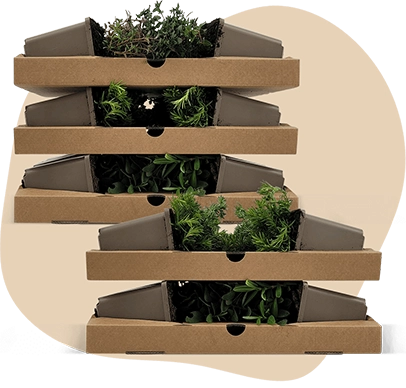Description
Lonicera crassifolia 'Little Honey' | Creeping honeysuckle
The Lonicera crassifolia 'Little Honey', commonly known as Creeping honeysuckle, is a charming addition to any garden. This plant is known for its creeping, wide-spreading growth habit, making it an excellent ground cover. The Creeping honeysuckle typically reaches a height of about 10 cm, spreading generously across the ground. Its leaves are green, small, and smooth to the touch, providing a lush, evergreen appearance throughout the year. This plant is low-maintenance, making it a great choice for gardeners seeking an easy-care option. Although it does not produce fruits or berries, its year-round greenery and adaptability to various soil types make it a versatile choice for borders, group plantings, and edging.
Key Plant Characteristics of Lonicera crassifolia 'Little Honey'
- Lonicera crassifolia 'Little Honey' blooms in July and August with yellow and white flowers. These flowers are not fragrant and do not attract butterflies, bees, or bumblebees.
- For optimal growth, this plant prefers a sunny or partially shaded location.
- It thrives in all soil types as long as the soil is well-drained.
- The bark and branches of Lonicera crassifolia 'Little Honey' are not particularly notable, as the plant is primarily valued for its foliage and ground-covering habit.
This
garden plant is an excellent choice for borders, group plantings, and edge plantings due to its creeping, wide-spreading growth habit.
Application of Lonicera crassifolia 'Little Honey' in the Garden
- Lonicera crassifolia 'Little Honey' is perfect for borders, group planting, and edge planting, adding a lush green carpet to any garden.
- This plant is winter hardy, tolerating temperatures as low as -15°C, making it suitable for various climates.
- It combines well with other shrubs and perennials, enhancing the garden's visual appeal.
- The greatest ornamental value of Lonicera crassifolia 'Little Honey' is its evergreen foliage, which provides year-round interest.


















